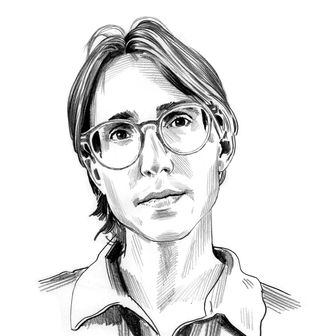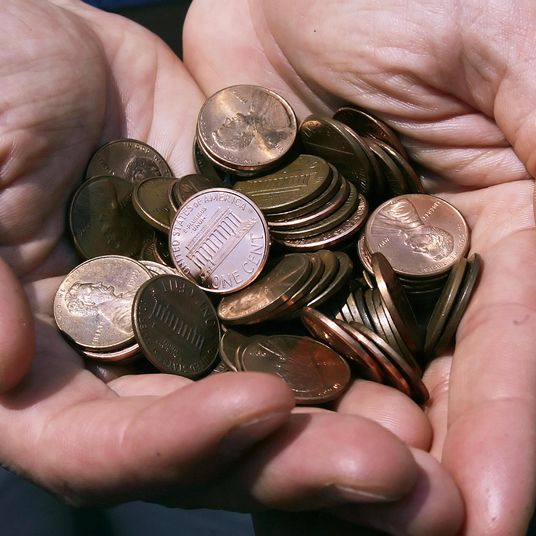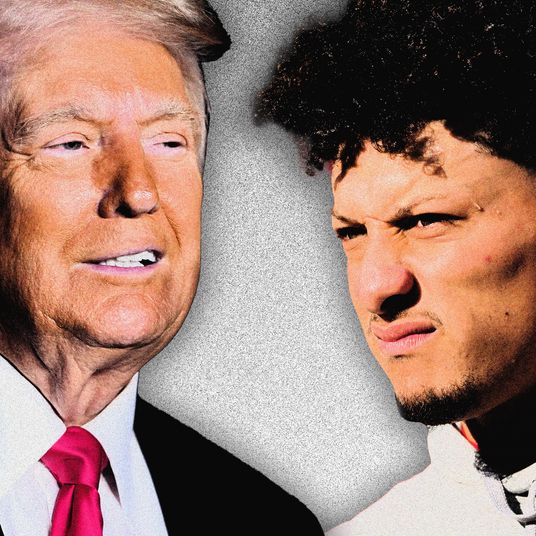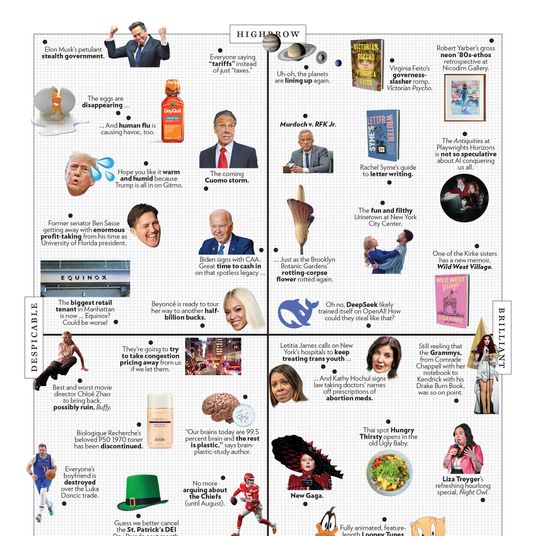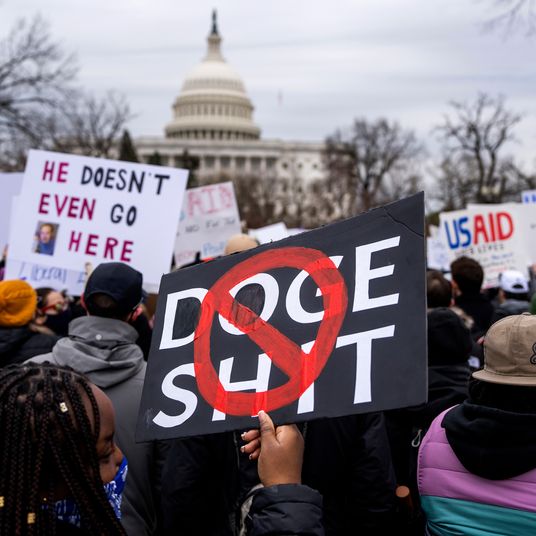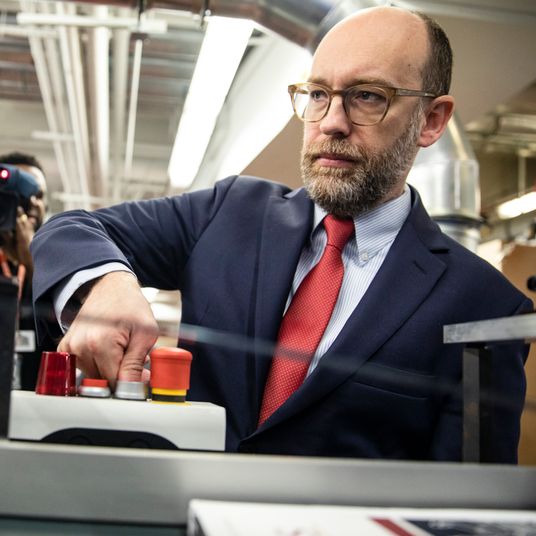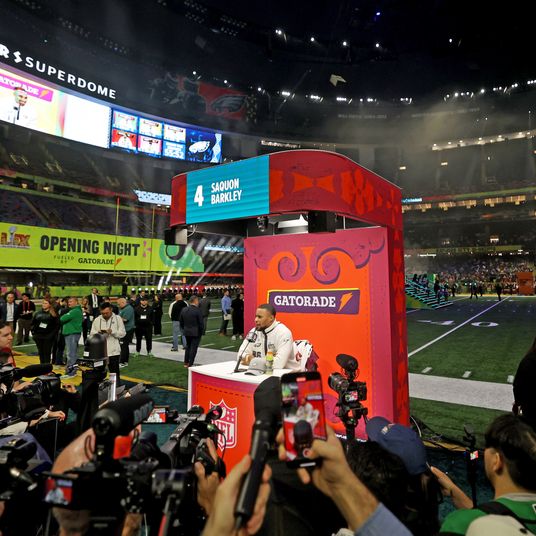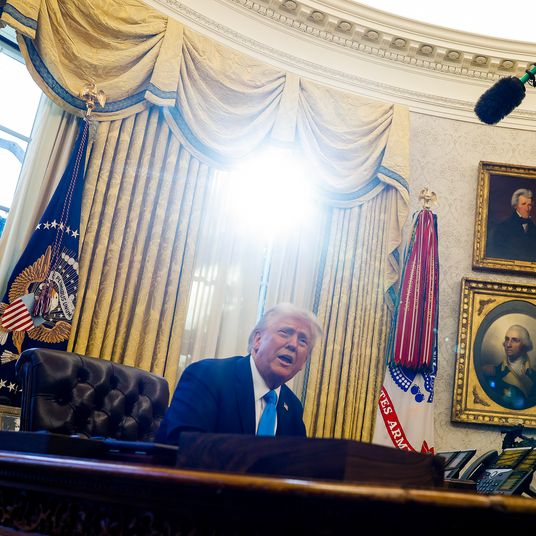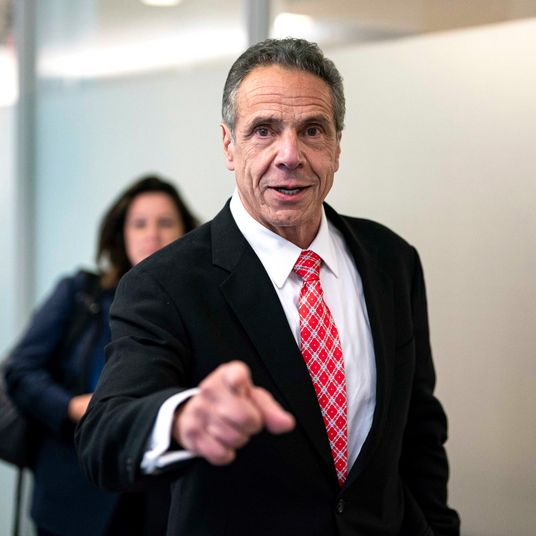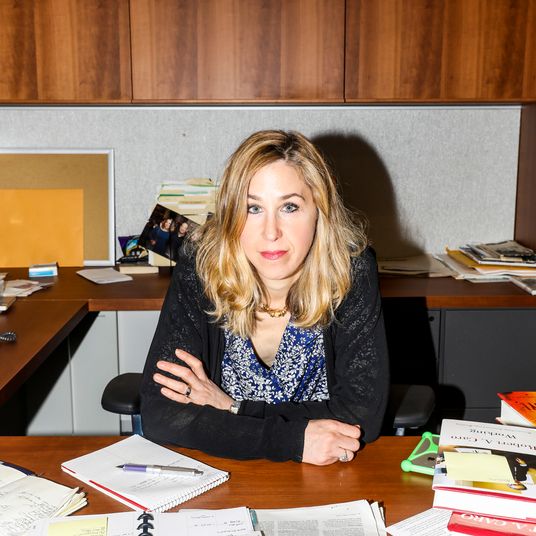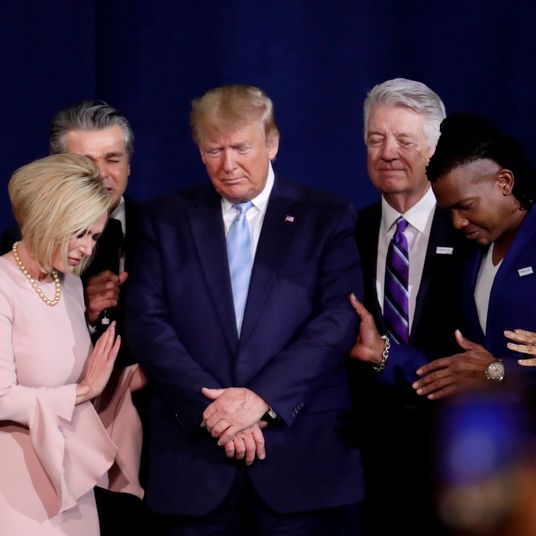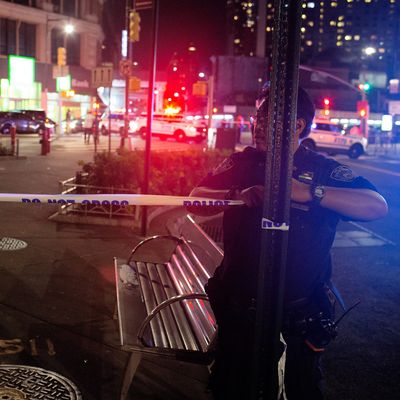
New York City recorded 447 homicides for the year as of Tuesday, a 41 percent increase over 2019 and the largest tally since 2011, according to the NYPD. Shootings have risen by 95 percent since last year, with this year’s 1,480 incidents coming close to a 14-year high.
Though 2020 marked the third year in a row in which homicides rose in the city, violent crime is still substantially lower than it was during the 1970s, 1980s, and 1990s — 2,245 people were killed in 1990 alone. New York was part of a wider trend this year: In many cities throughout the United States, homicides were up considerably — though again, the totals are substantially lower than they were 30 to 40 years ago.
While New York police officials have blamed the increase on bail reform instituted in January and the disbandment of its plainclothes anti-crime units in June in the wake of the George Floyd protests, police reformers state there is no evidence to back up those claims. Criminologists, meanwhile, suggest that the mental health and economic effects of the pandemic, in addition to increases in gang violence and spikes in gun ownership, have led to the worsening violent-crime numbers in many areas of the country.
“The coronavirus has had a devastating impact on society in low-income communities,” Samuel Walker, a policing expert and professor emeritus at the University of Nebraska at Omaha, told the Associated Press. “It just adds to the social disorganization that exists.”


